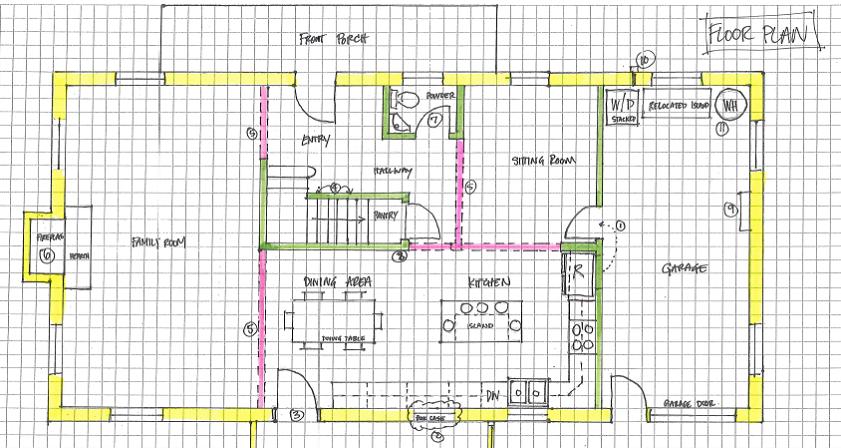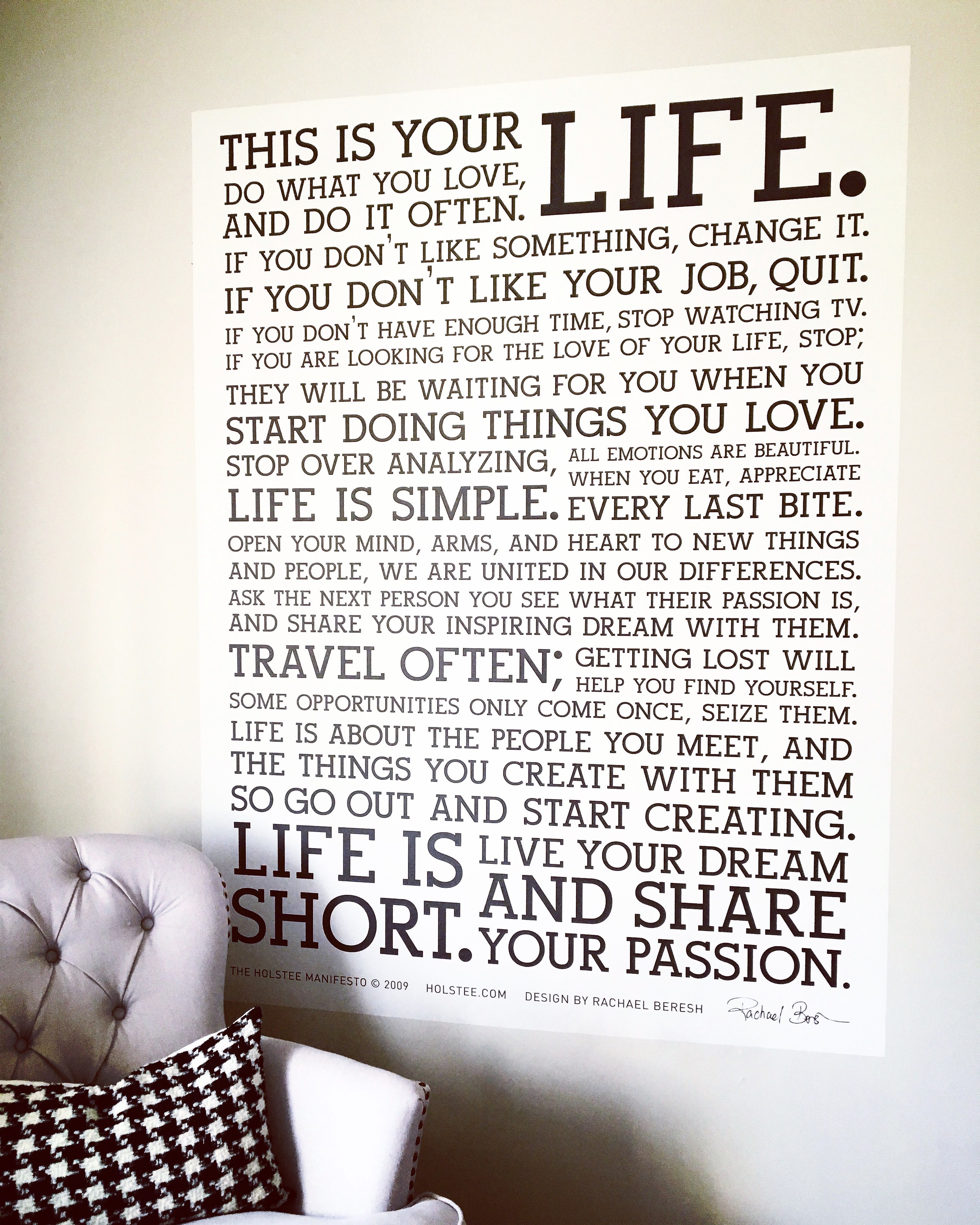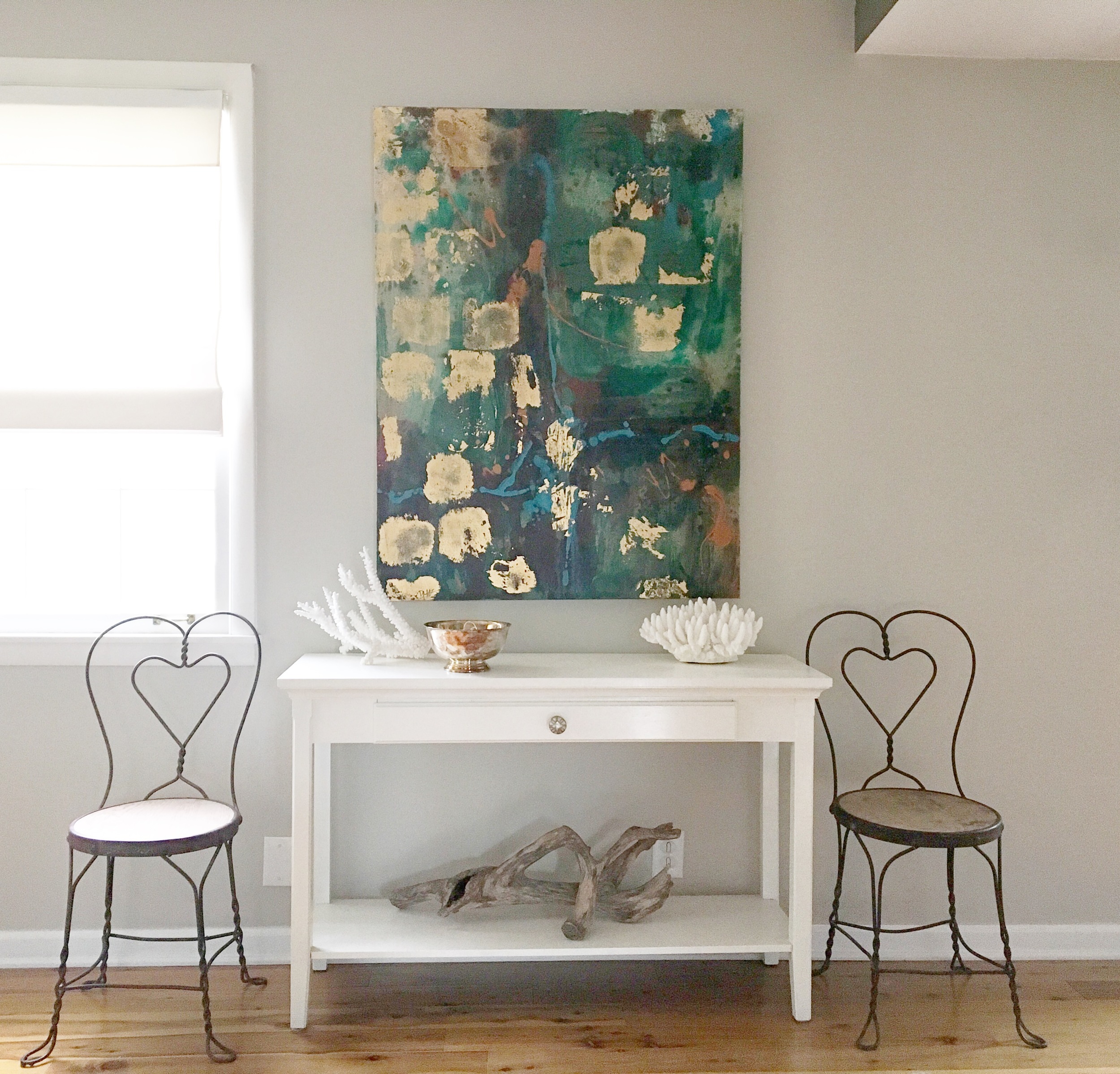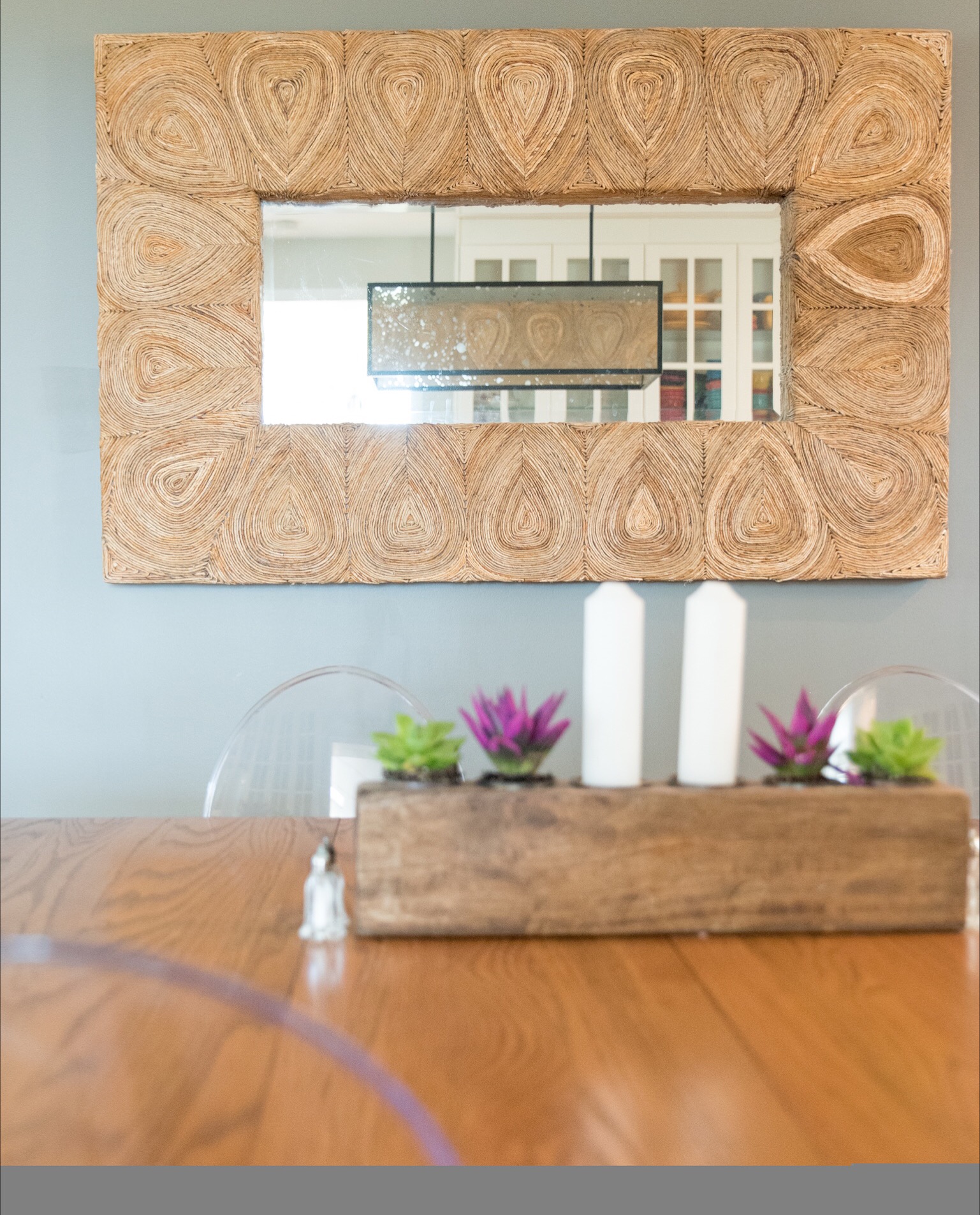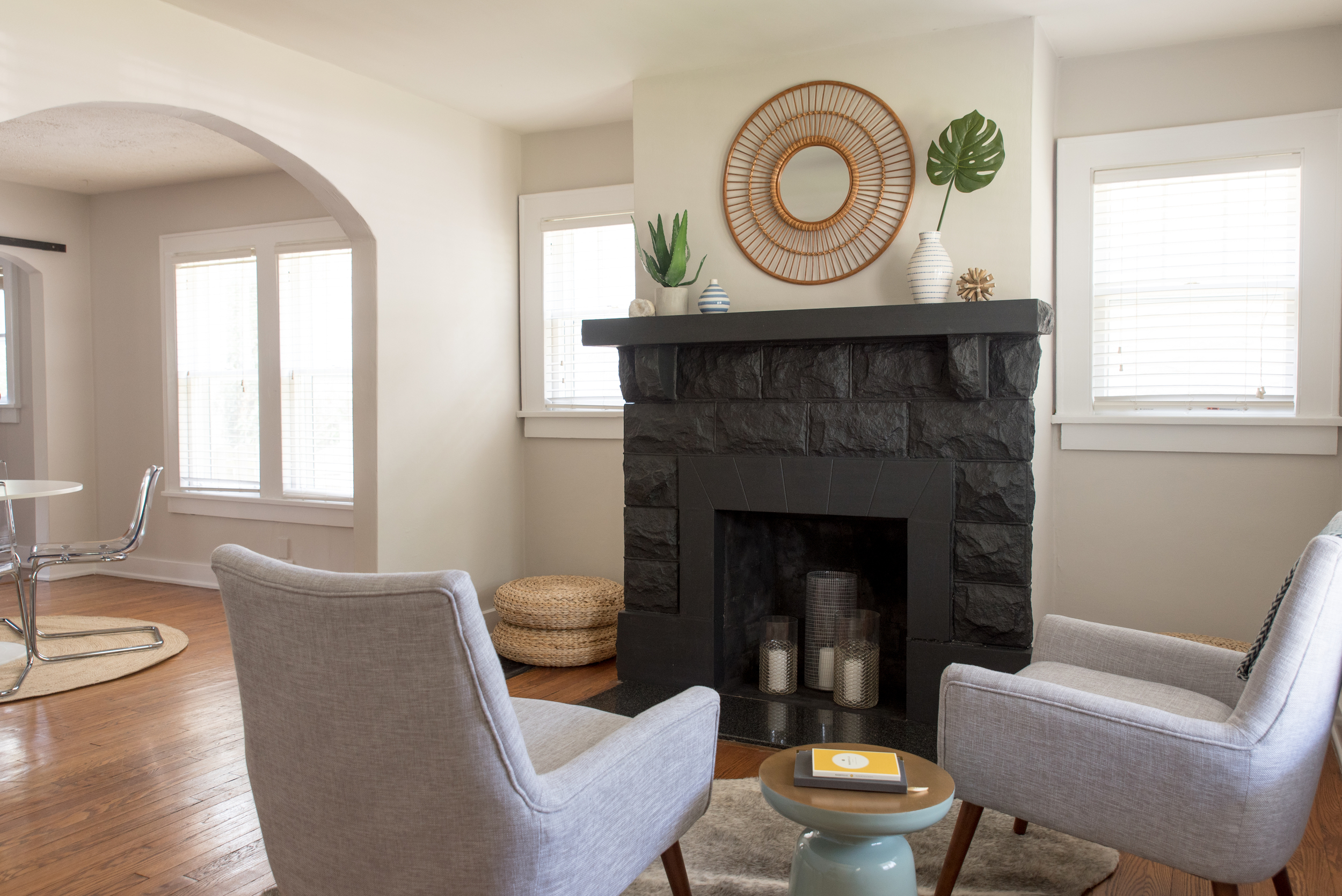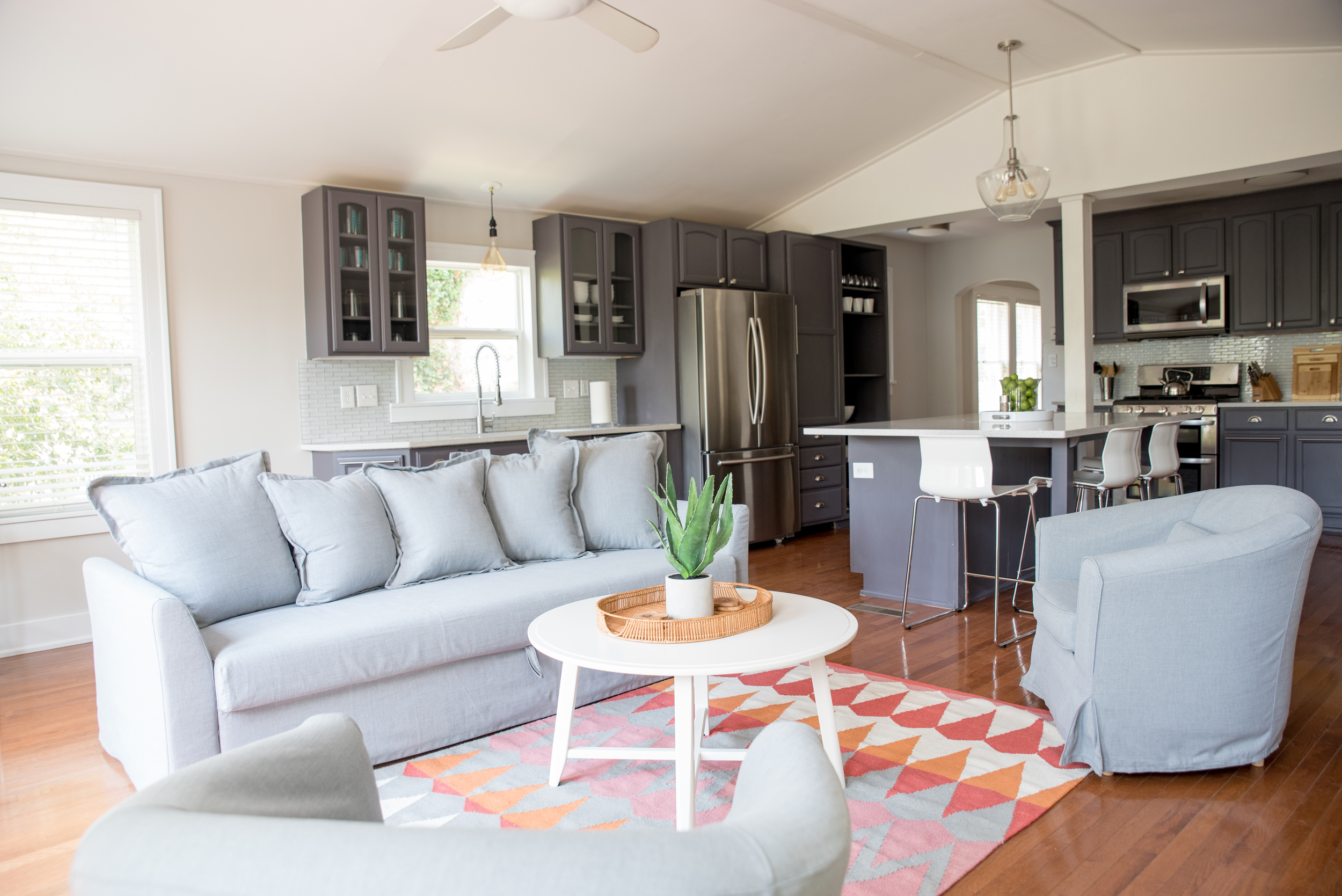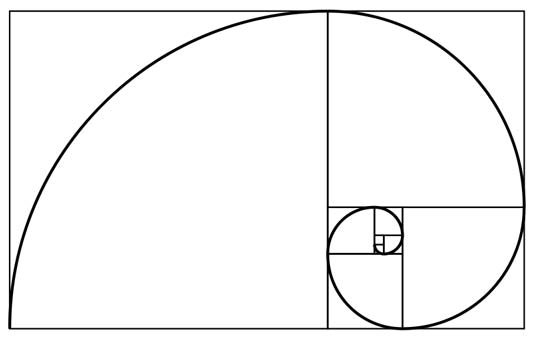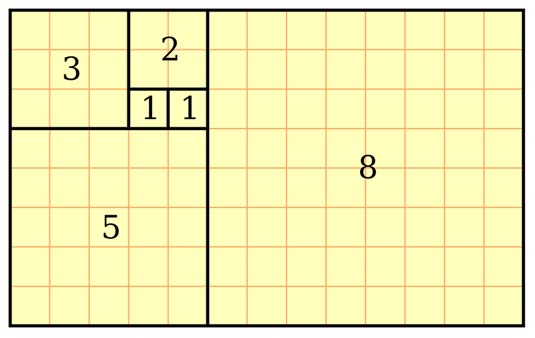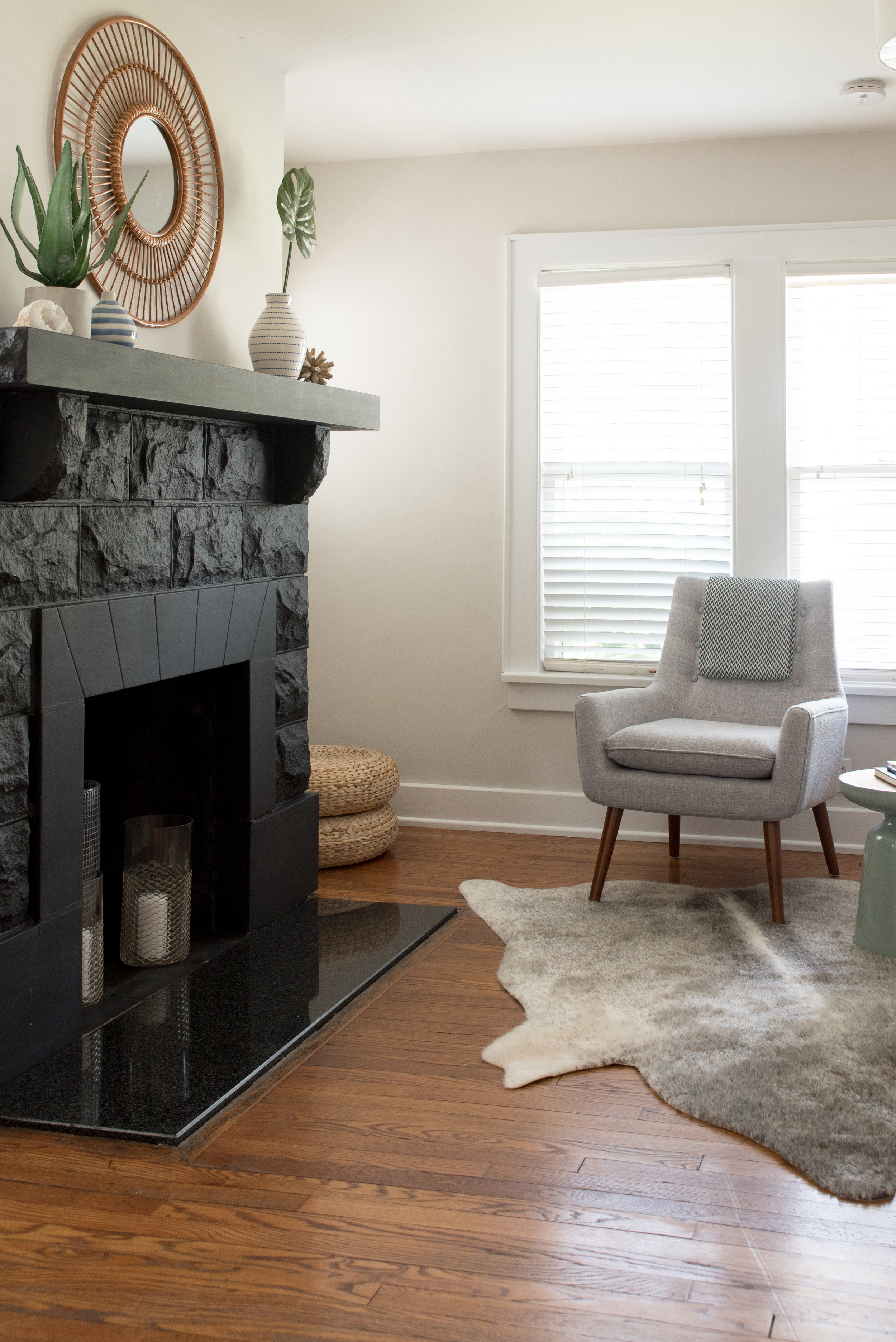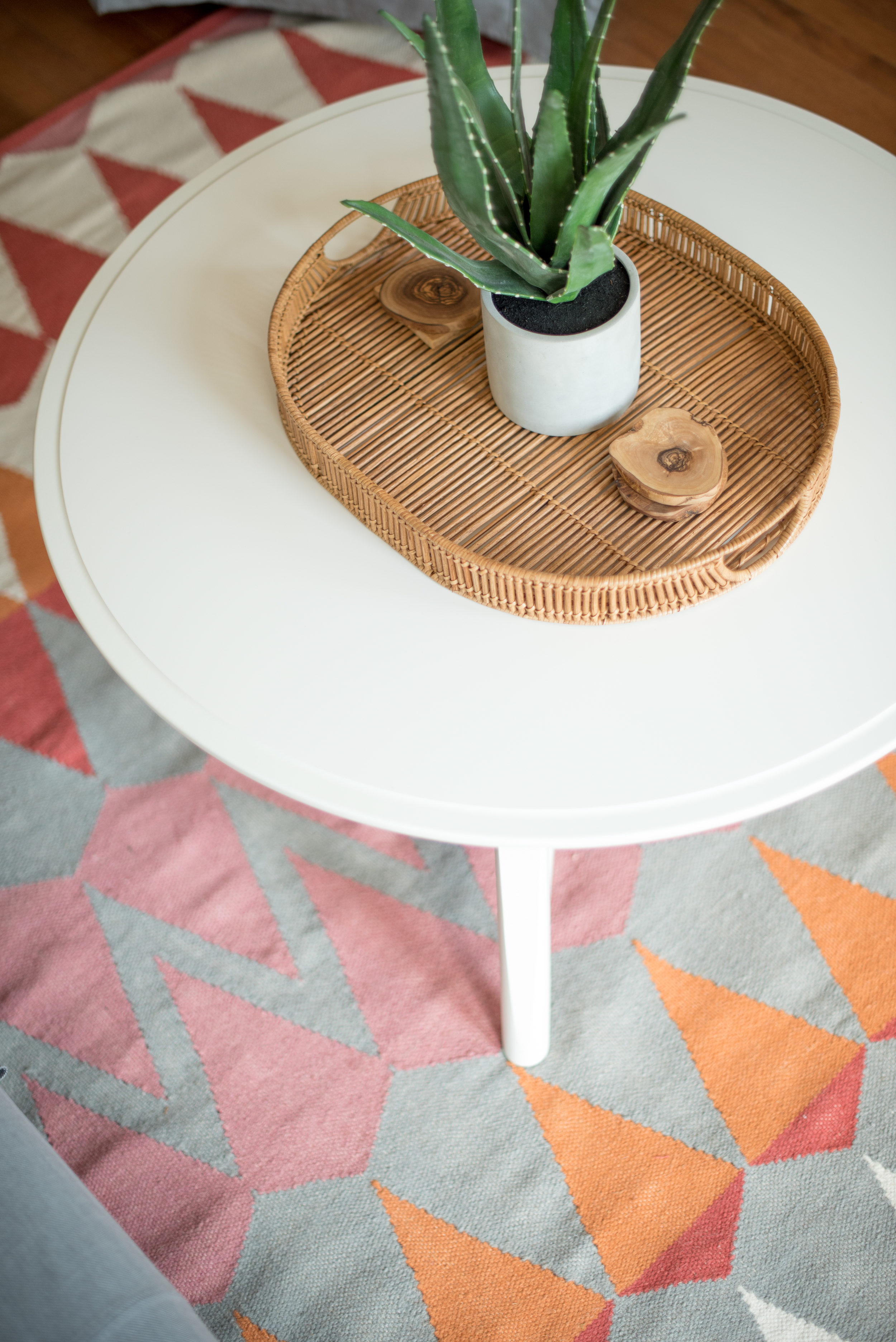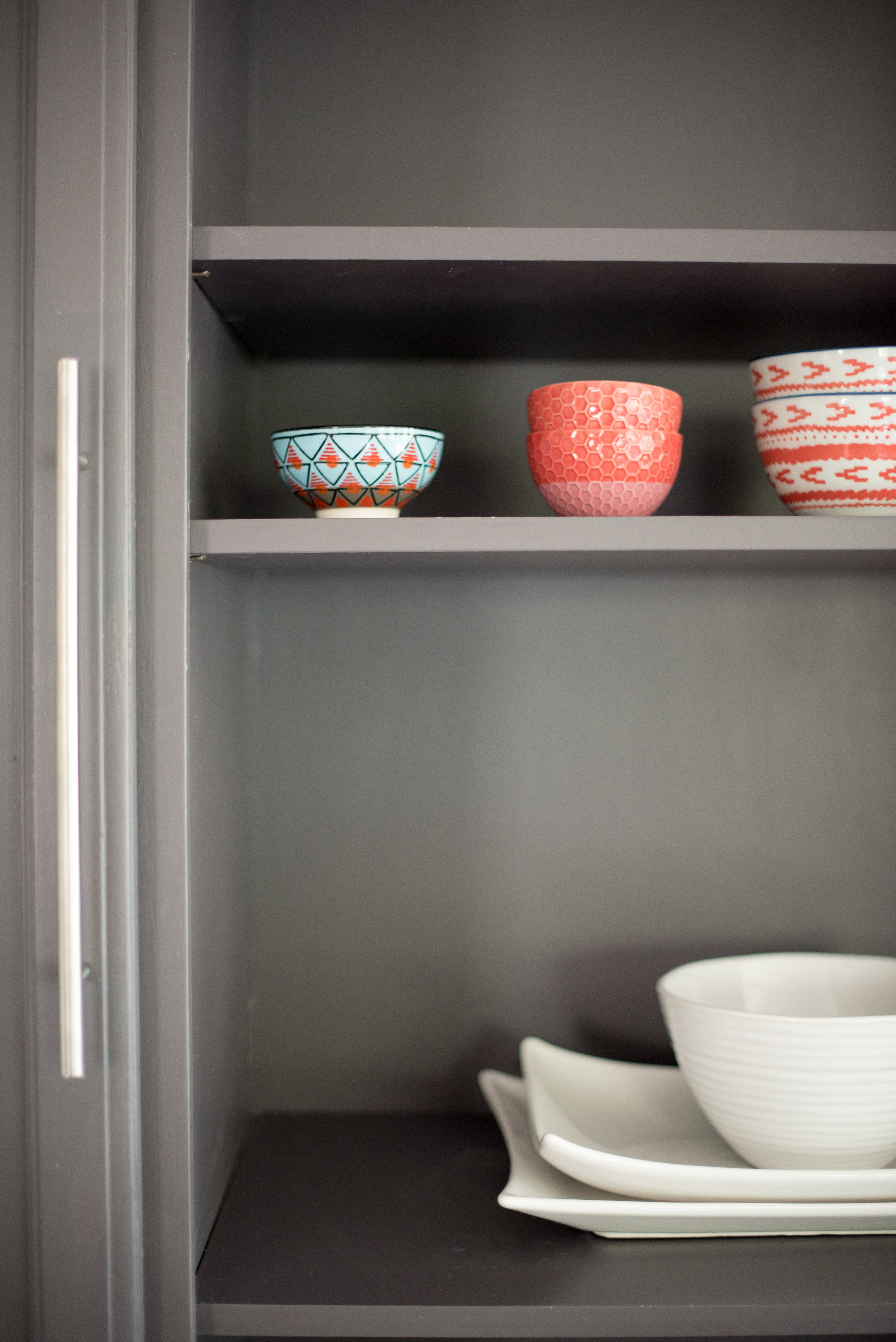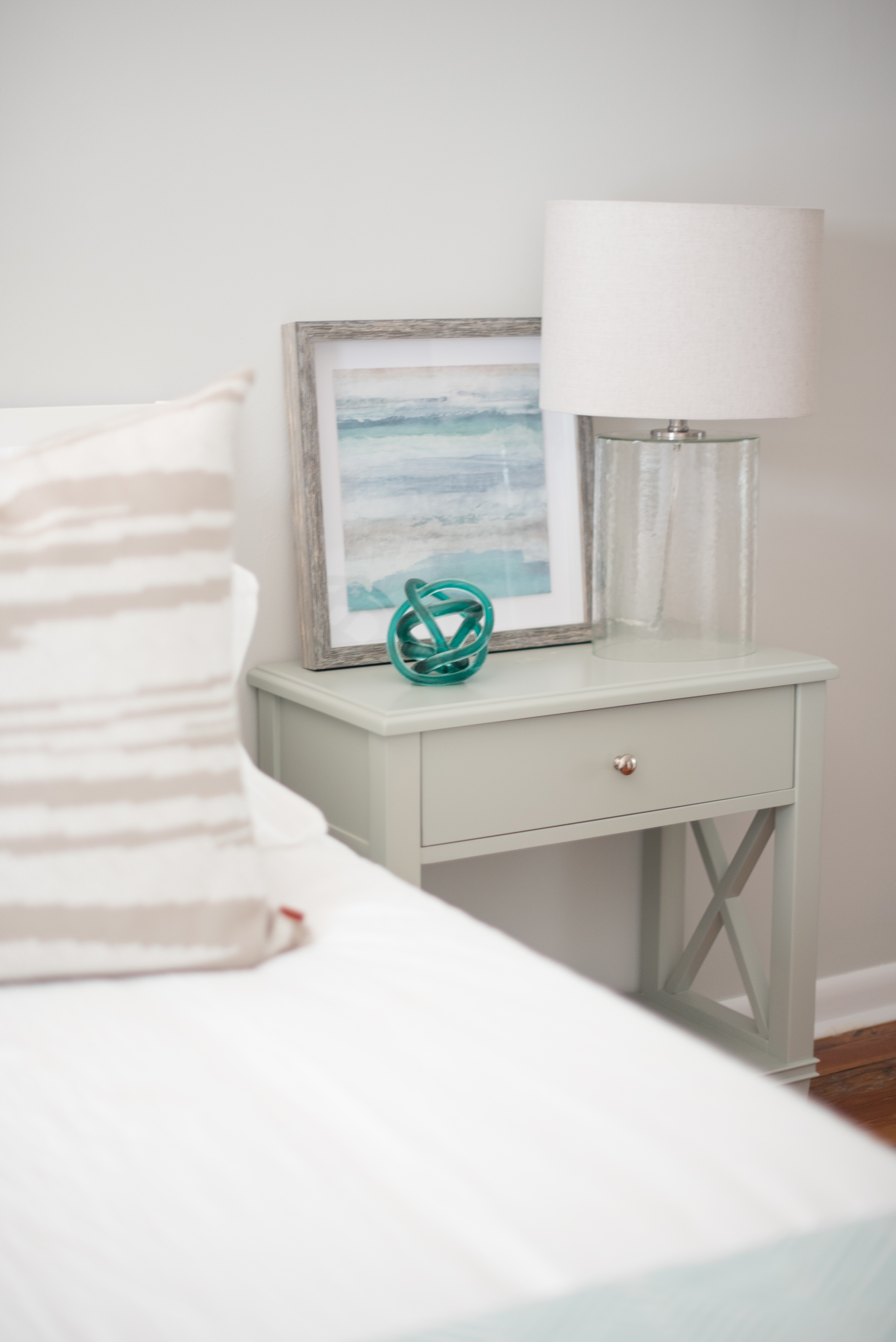The Scale. It Does Matter.
/So, here's a little secret (that's maybe not so much of an actual secret): When it comes to interior design and decorating your home, scale and proportion are of utmost importance. It can make or break the entire look and feel of a room.
Scale: the comparative size of one or more objects and is an absolute fixed measurement. Proportion: the balance between design elements, such as shape, color and texture.* To put it simply, "scale" is the size of things. "Proportion" is the relationship between them.**
Keeping those two things in mind, here are some quick helpful hints to take into account when designing a space on your own:
1) Measure. Please, for the love of all things holy, get a measuring tape out and measure your space. Don't eyeball it. Furniture will look waaaayy different in a store than it will in your room. And, furniture isn't cheap, so before you drop a dime on a new sofa, measure your room, measure the ceilings, measure the amount of space the windows take up, etc.
2) Map it out. You don't have to have fancy interior design software to draw out your room accurately. Get yourself some graph paper and treat every square as 1 ft. Draw out your room and then visualize the furniture you want in there - how big can your sofa be? Can you have chairs? Put your mad measuring skills to work here. You get the point.
3) Big, Blank Walls. Ah, what to do with a huge blank wall that's just screaming to be filled?! You know what you don't need to fill it with? A million different framed pictures of a million different sizes, and then call it a gallery wall. You can go all Gallery Wall on it, but depending on the size of the wall (see above for measuring your space and sketching out your wall) you may want to go with large/very large matted frames to fill the space. Or choose to have one focal point for the wall and leave some white space. Scaling back on a large wall instead of filling up the entire space is going to be a safe choice. It will be more visually pleasing to the eye. If it looks overwhelming, the space is going to feel overwhelming.
4) Seating. Say you have a small room, but you need ample seating. Remember, measure how tall your ceilings are. This will help you decide how big in stature your furniture can be. Typically, the smaller the room, the smaller and more delicate the furniture should be. Unless, you are making one large piece the focal point of the room. Regardless, keep your walkways in mind. How will people get to the sofa? How will they walk around to sit in that chair? Many times, in tight spaces, no side tables are needed. If it's tight, a nice coffee table in the middle will work to suit everyone's needs. A round coffee table also makes walkways more accessible in small spaces. In large spaces you can use bigger furniture, but please, be careful not to overcrowd the space with too much "stuff".....just because the space is larger doesn't mean you need to make it claustrophobic.
4) Symmetry. If you aren't super confident in your DIY decorating skills, stick to making your rooms and walls symmetrical. This will achieve the allusion of proper proportion and makes for an easy guide for yourself. If you feel good about what you want in your home and how you want to make a statement, use the Golden Ratio to help you in terms of scale and proportion for furniture layout and art walls. Release your inner math geek.
5) Color. Keep a similar color palette throughout your house. This provides a nice flow from room to room, and also becomes a cohesive driver to make things look in proportion to one another. That doesn't mean you have to use the same colors in every room, but stay in the same families, and use the same tones and shades.
Good luck and happy measuring,
Rachel
*SF Gate Home Guides
**marycook.com


